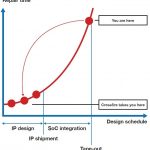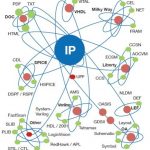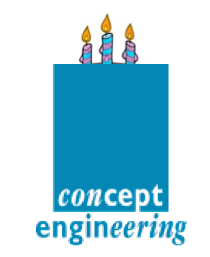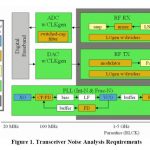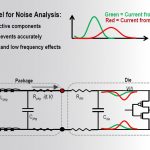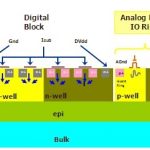In principle, one way to address variation is to do simulations at lots of PVT corners. In practice, most of this simulation is wasted since it adds no new information, and even so, important corners will get missed. This is what Sifuei Ku of Microsemi calls the British Museum Algorithm. You walk everywhere. And if you don’t walk to… Read More
Tag: spice
Foolproof Your IP before it Stumbles in Higher-up Design
SoC designs are increasingly becoming assemblies of a large number of IP blocks. A well integrated assembly can lead to a successful PPA (Power, Performance and Area) optimized design. However, it is equally important that each IP block is optimized, robust, and integrable in the design. The complexity of an IP and its integration… Read More
Predicting Lifetime of Analog ICs
With the increase of transistors per unit area, high density interconnects and manufacturing variability at lower nodes, the electronic devices have become more vulnerable to failures. The devices that operate under extreme conditions such as automotive devices that operate at high temperatures need to be robust enough to… Read More
An Universe of Formats for IP Validation
Although I knew about Crossfire’s capabilities for signing off quality of an IP before its integration into an SoC, there was much more to learn about this tool when I visited Fractal Technologies booth during this DAC. The complexity handled by this tool to qualify any type of IP for its integration into an SoC can be imagined by the… Read More
Eyes Meet Innovations at DAC
It gives me a very nice, somewhat nostalgic, feeling after attending the 52[SUP]nd[/SUP] DAC. There was a period during my final academic year in 1990 and my first job when I used to search through good technical papers in DAC proceedings and try implementing those concepts in my project work. In general, representation from ‘R&D… Read More
Making Things Visible for 25 Years
This year is most notably the 50th anniversary of Moore’s Law. It is also the 25th anniversary of Concept Engineering. They were founded in 1990 in Freiburg Germany. They started by providing automatic schematic generation from netlist. They sold primarily to other EDA companies and to internal development groups in semiconductor… Read More
Starvision Pro: Lattice Semiconductor’s Experience
During SNUG I took the opportunity to chat to Choon-Hoe Yeoh of Lattice Semiconductor about how they use Concept Engineering’s Starvision Pro product. He is the senior director of EDA tools and methodologies there.
Lattice Semiconductor is a manufacturer of low-power, small-footprint, low-cost programmable logic devices.… Read More
Full Spectrum Analog FastSPICE Useful for RF Designs on Bulk CMOS
It has been about a year since the acquisition of Berkeley Design Automation by Mentor Graphics. Berkeley was doing quite well in the somewhat crowded SPICE simulator market. In many respects they broke new ground for high speed and accurate SPICE simulators. Since the acquisition we know that former Berkeley executives are now… Read More
On-Chip Power Integrity Analysis Moves to the Package
Power regimes for contemporary SOC’s now include a large number of voltage domains. Rail voltages are matched closely to the performance and power requirements of various portions of the design. Indeed, some of the supply voltages are so low that the noise margins in these domains is exceedingly low. Higher voltage domains are… Read More
Analyze Substrate Noise in SoC Design?
Often substrate noise analysis takes place when everything is there on the chip, but that stage comes near the tape-out which is too late to make major changes in architecture, placement, introducing noise protection circuitry for the victims and so on. It was okay when there used to be very little analog content on the chip. But … Read More



